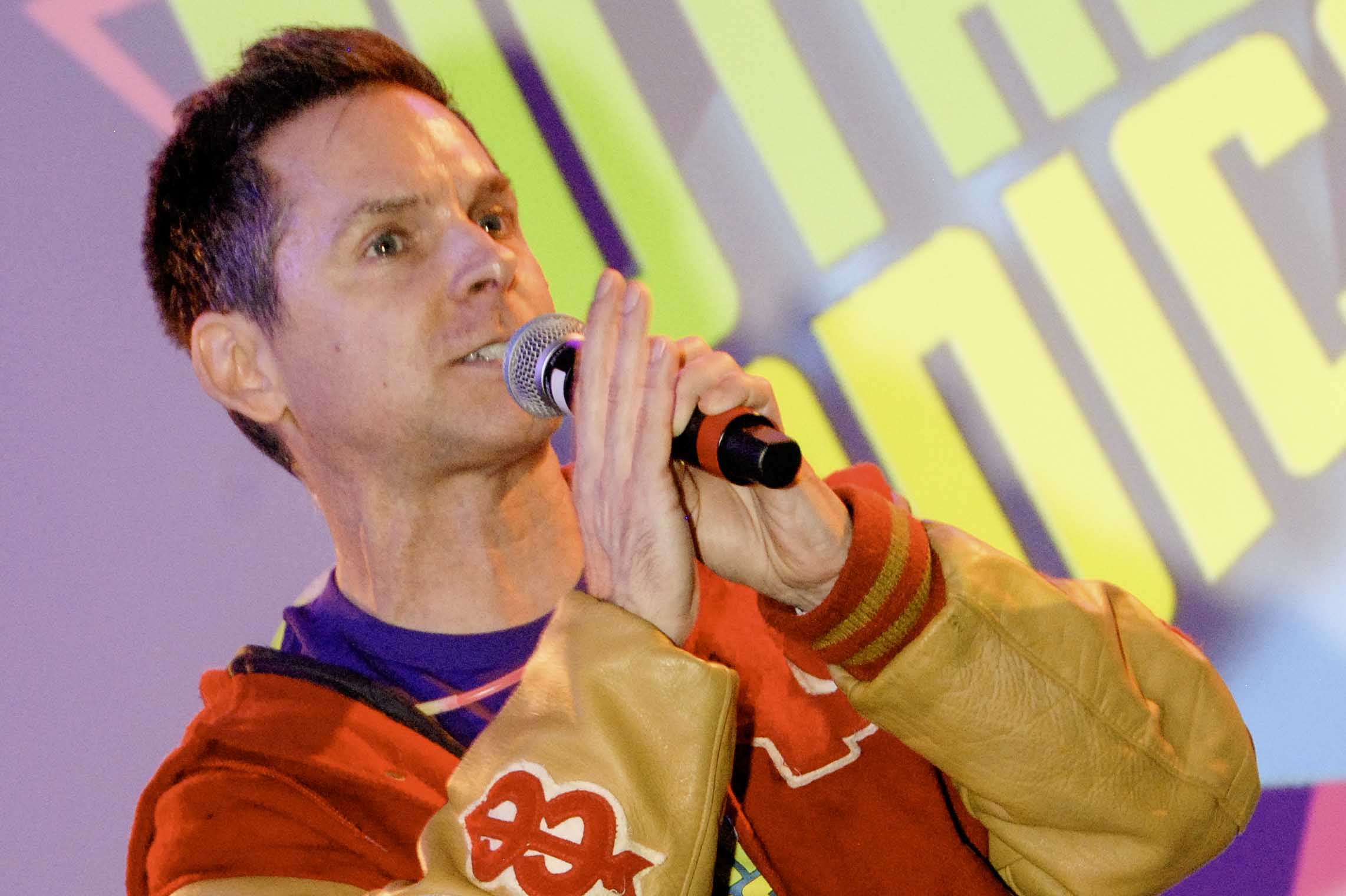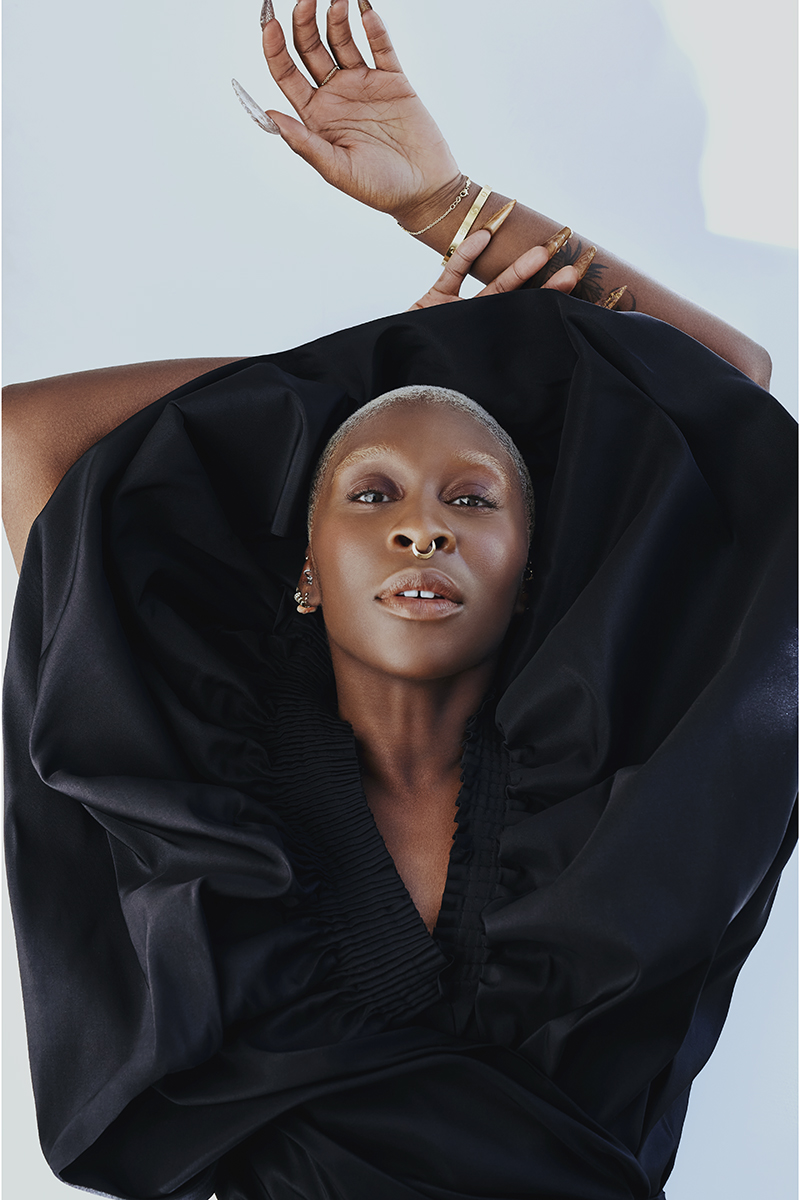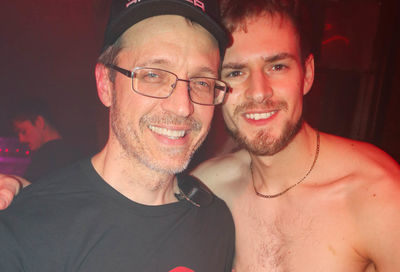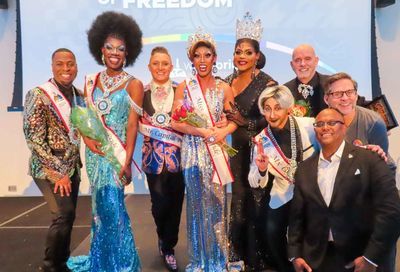Personal Preservation
National Trust for Historic Preservation recruits the GLBT community for a labor of love
As the Capital Pride Alliance took the reins of Capital Pride this year, they set a theme that celebrated GLBT history: “Generations of Pride: Celebrate and Remember — Stonewall at 40.”
And while it wasn’t a first Capital Pride outing for the D.C.-based National Trust for Historic Preservation, a membership-driven nonprofit organization founded in 1949 to preserve America’s historic places and revitalize communities, the historical theme pushed the Trust beyond its regular booth to sign on as a “community partner,” helping to sponsor this 34th Capital Pride celebration.
“That was a great theme to draw us in: documenting and preserving the history of our culture,” says David Field, assistant director for the National Trust’s Office of Human Resources, and a gay man who’s taken an interest in his organization’s outreach to the GLBT community. Accordingly, he points out that the 40-year anniversary of the GLBT riots at the Stonewall Inn in New York City’s Greenwich Village coincided with the 10-year anniversary of the Stonewall Inn being added to the National Register of Historic Sites.
Joining Capital Pride as a community partner was not, however, the sum total of the National Trust’s celebration of the GLBT community. To view the jewel in that crown — which continues to shine brightly, long after RuPaul has packed up her pumps and the beer gardens have closed — you’ve got to turn to the Web. Officially live since June 25, the National Trust now offers “Pride & Preservation: Lesbian, Gay, Bisexual & Transgender Heritage in Preservation,” an online entity celebrating GLBT preservationists and the many landmarks and neighborhoods that help illustrate the community’s pioneering and colorful past.
“It’s part of our larger effort to reach out to communities across the country, to invite people to tell us their stories, to tell us what historical places are important to them and their communities, why they’re passionate about saving those places,” says Field. He points to another National Trust campaign, “This Place Matters,” which invites laypeople to nominate sites in their own communities for preservation support. “The whole idea is to really get across the message that you don’t have to be a trained preservationist to care and do something about it. You don’t have to have a degree in preservation to be a preservationist.”
It seems unofficial preservationists can be found anywhere — even working as Mayor Adrian Fenty’s liaison to the GLBT community.
“I’ve lived in Washington, D.C., since 1975 and been active in the gay community since ’94,” begins Christopher Dyer, director of the Mayor’s Office of GLBT Affairs, in a video on the site’s home page. “I am very pleased and honored to be your tour guide.”
What Dyer guides viewers through is a series of short videos of GLBT-relevant sites in the District, a tour called “Exploring LGBT D.C.,” contributed by D.C.’s extraordinary grassroots entity for preserving local GLBT heritage, the Rainbow History Project.
Dyer introduces viewers to Dupont Circle, the “Community Building” at 1724 20th St. NW, the original Capitol Hill home of the Metropolitan Community Church, the home of the lesbian-separatist Furies collective, the Congressional Cemetery grave of out Air Force veteran Sgt. Leonard Matlovich, the site of the Club House, and the new Nationals Park. The Rainbow History Project contributed neighborhood photos of GLBT relevance, along with the text narrative to put everything into context.
Of course, while D.C. has a great showing on Pride & Preservation, it’s just one part of a national picture. Visit Pride & Preservation to read why “This Place Matters,” from Chicago’s Boystown, to West Hollywood with drag queen Miss Cookie Crawford, to Tulsa, Okla.’s Equality Center. Or take Paula Martinac’s tour of “11 Significant LGBT Sites You May Have Never Heard Of.” Whether it’s the “America, the Beautiful” Plaque in Colorado Springs, Colo., or the Daisy Theater in Memphis, Tenn., the author of The Queerest Places: A Guide to Gay and Lesbian Historic Sites knows her stuff.
“Our goal is to not only be involved as an organization, but to encourage people to get involved through local gay community groups, to think about documenting history in their community,” says Field.
Field also highlights the importance of ”revitalization and preservation” of historically gay neighborhoods, noting that as gays and lesbians have lived more openly there may have been some loss to the ”cohesiveness” of the community, leading to greater challenges for those seeking to unearth and preserve its history.
“Over the vast majority of our history, people haven’t been open about being LGBT. It can be hard to dig out that hidden history. Many of [those places] have been lost, unfortunately, because there hasn’t been an emphasis on saving that history. [Historic sites] are subject to the pressures of development, and demolition by neglect.”
To explore the National Trust for Historic Preservation’s “Pride & Preservation,” or to get involved in the “This Place Matters” campaign, visit www.preservationnation.org/issues/diversity/lgbt-heritage-in-preservation/ on the Web.
Support Metro Weekly’s Journalism
These are challenging times for news organizations. And yet it’s crucial we stay active and provide vital resources and information to both our local readers and the world. So won’t you please take a moment and consider supporting Metro Weekly with a membership? For as little as $5 a month, you can help ensure Metro Weekly magazine and MetroWeekly.com remain free, viable resources as we provide the best, most diverse, culturally-resonant LGBTQ coverage in both the D.C. region and around the world. Memberships come with exclusive perks and discounts, your own personal digital delivery of each week’s magazine (and an archive), access to our Member's Lounge when it launches this fall, and exclusive members-only items like Metro Weekly Membership Mugs and Tote Bags! Check out all our membership levels here and please join us today!






















